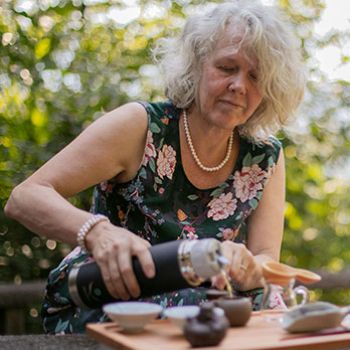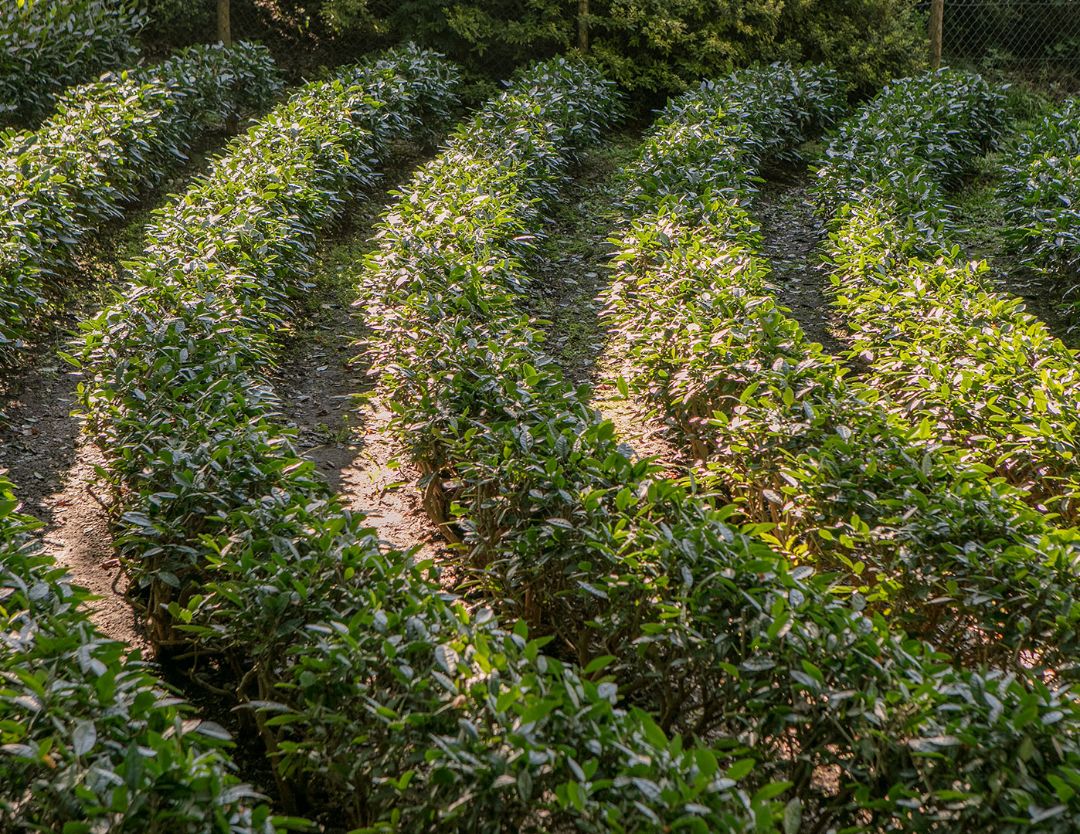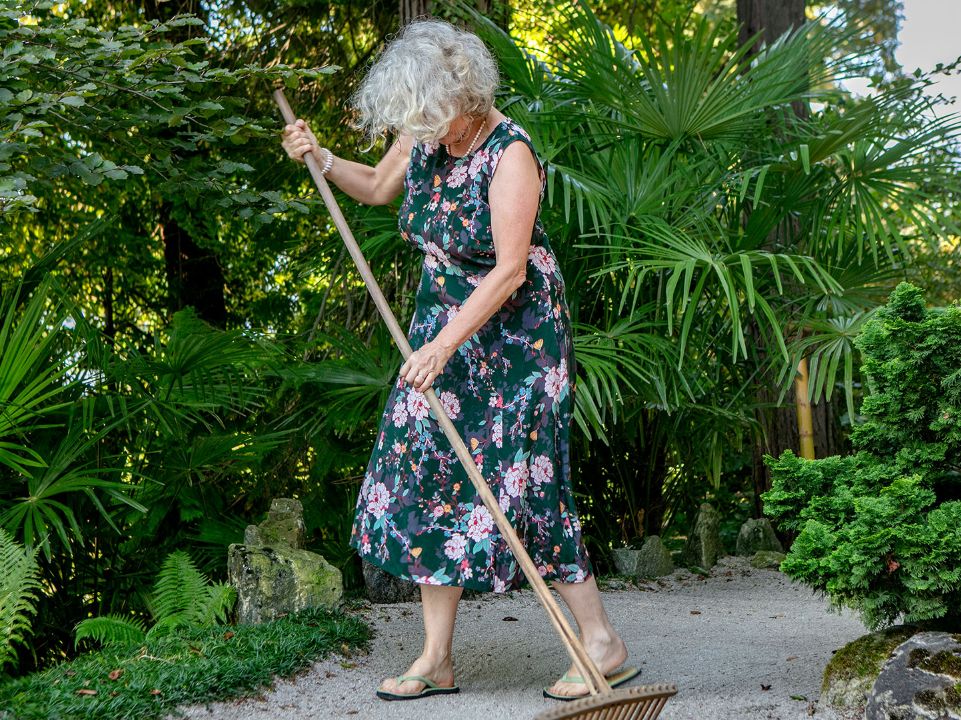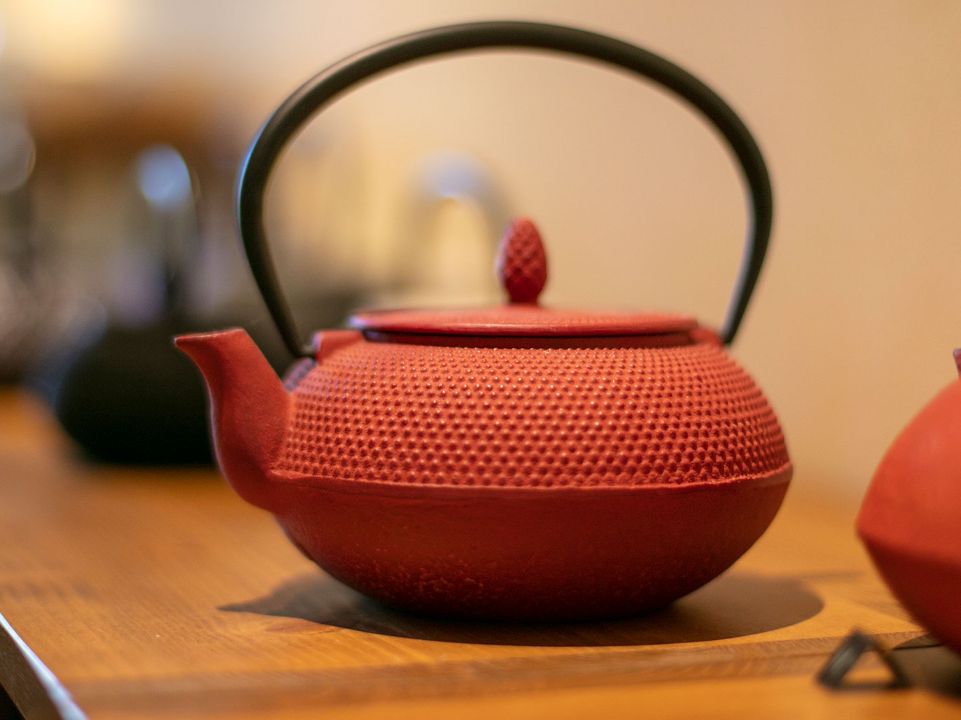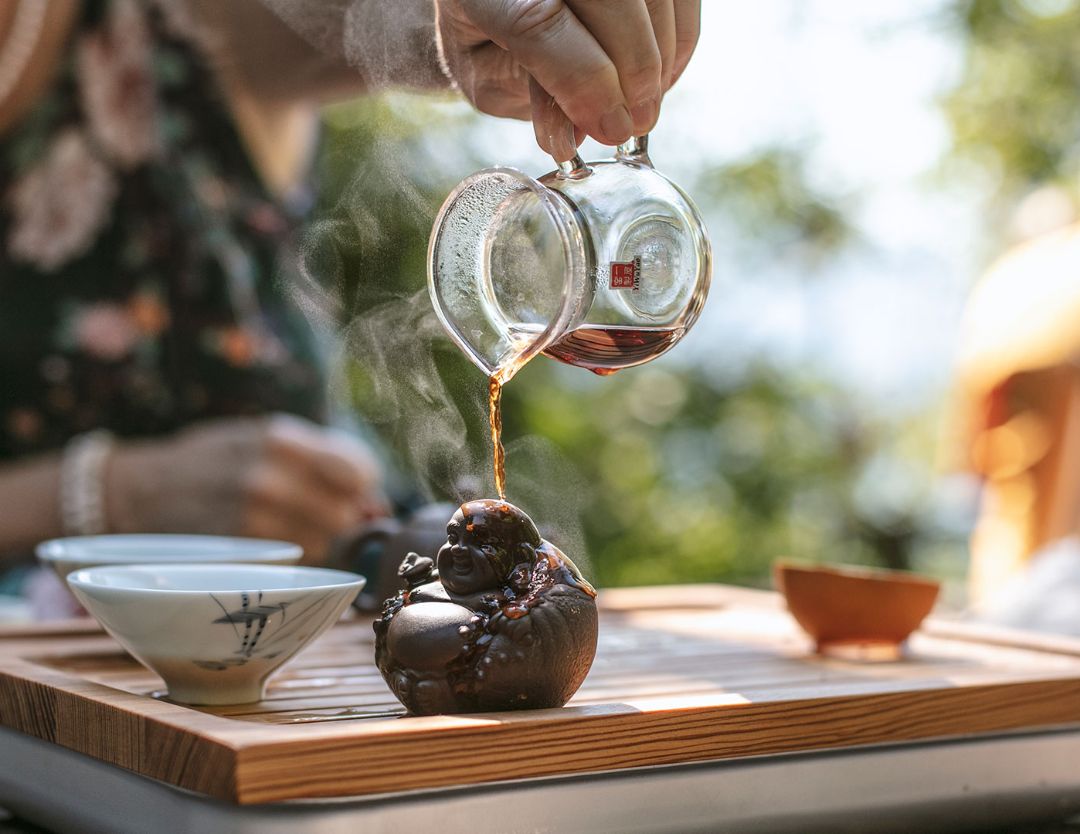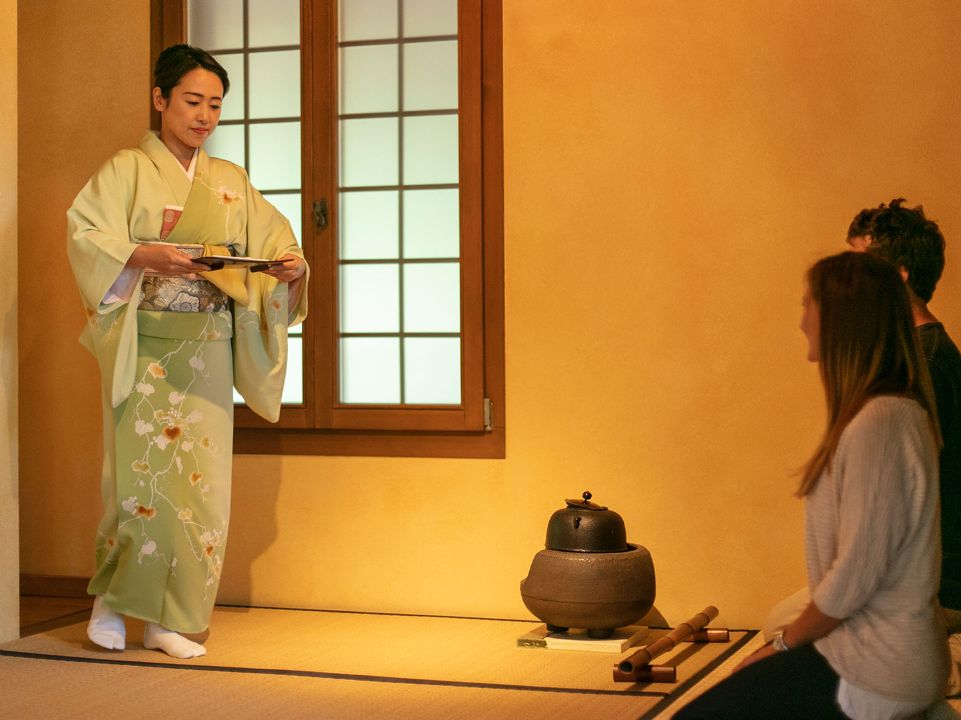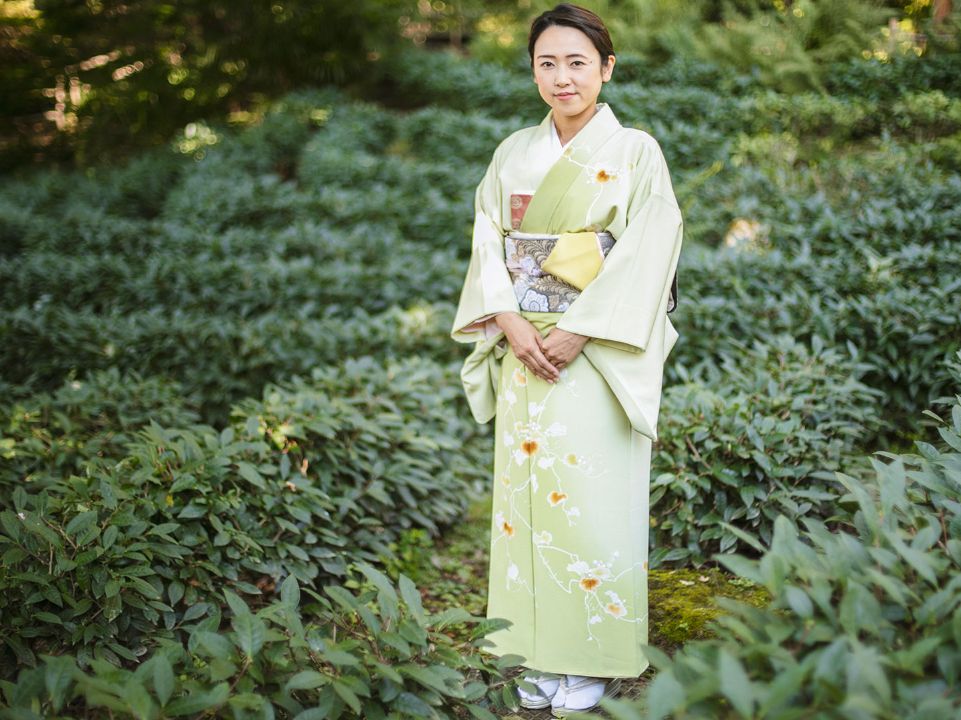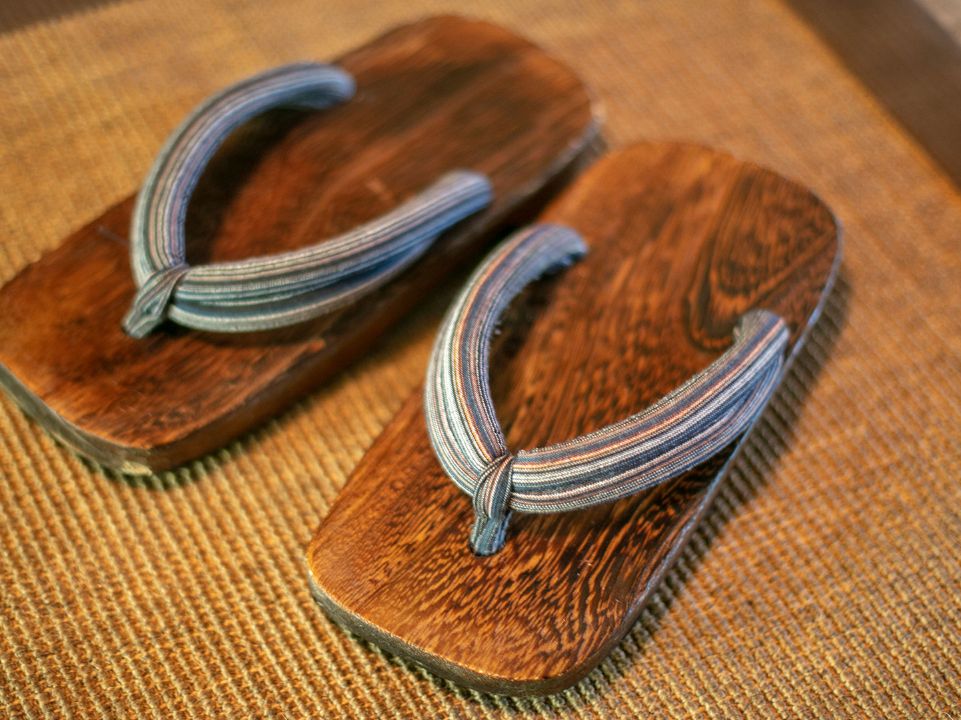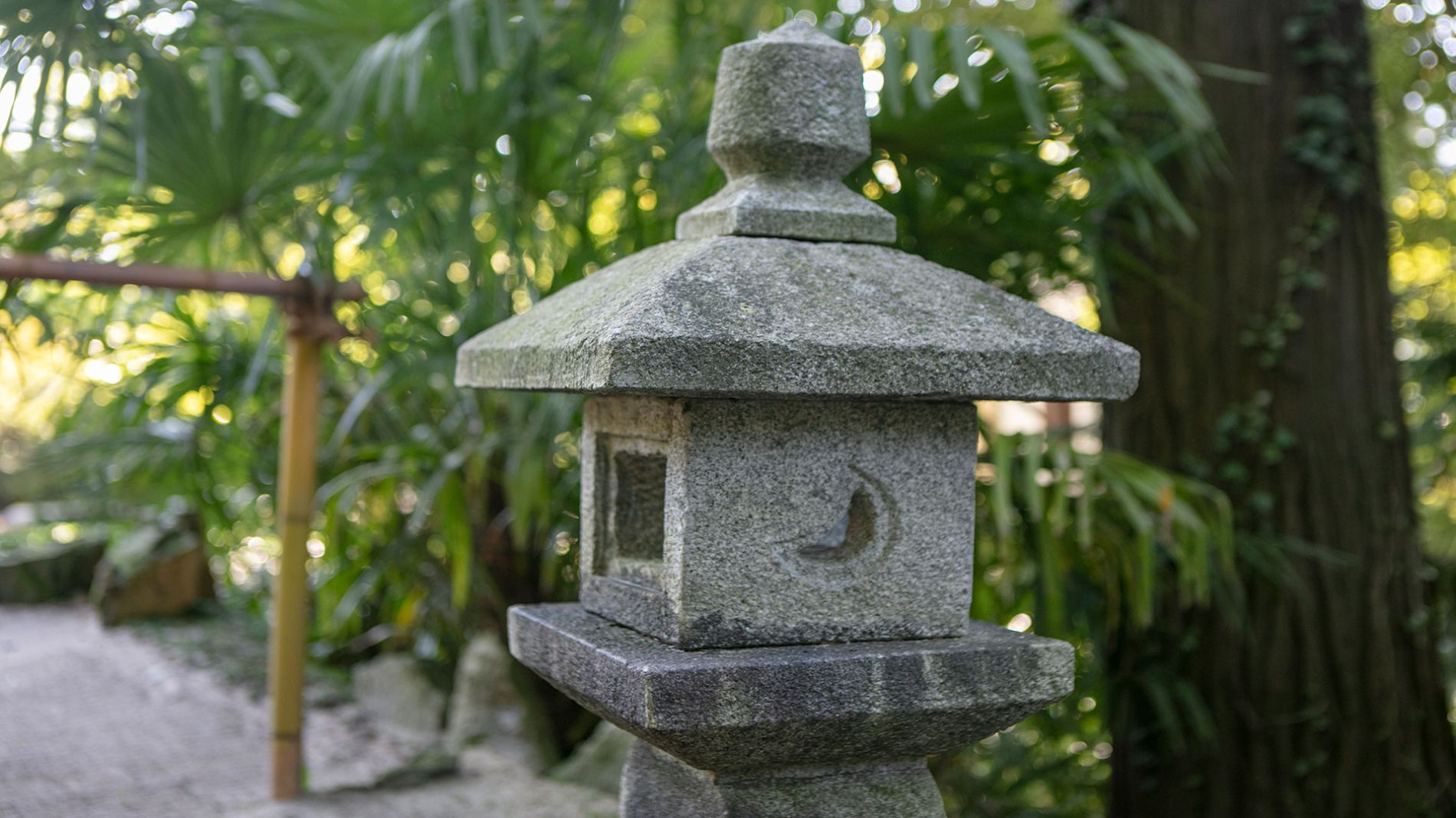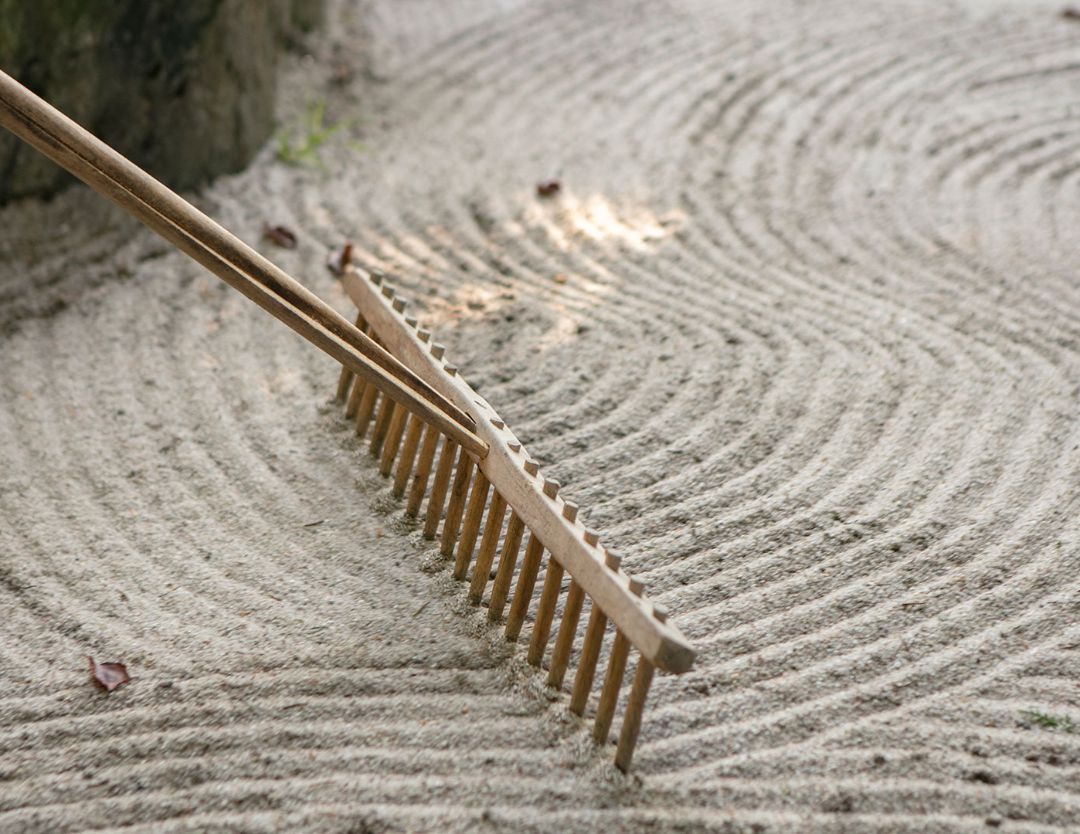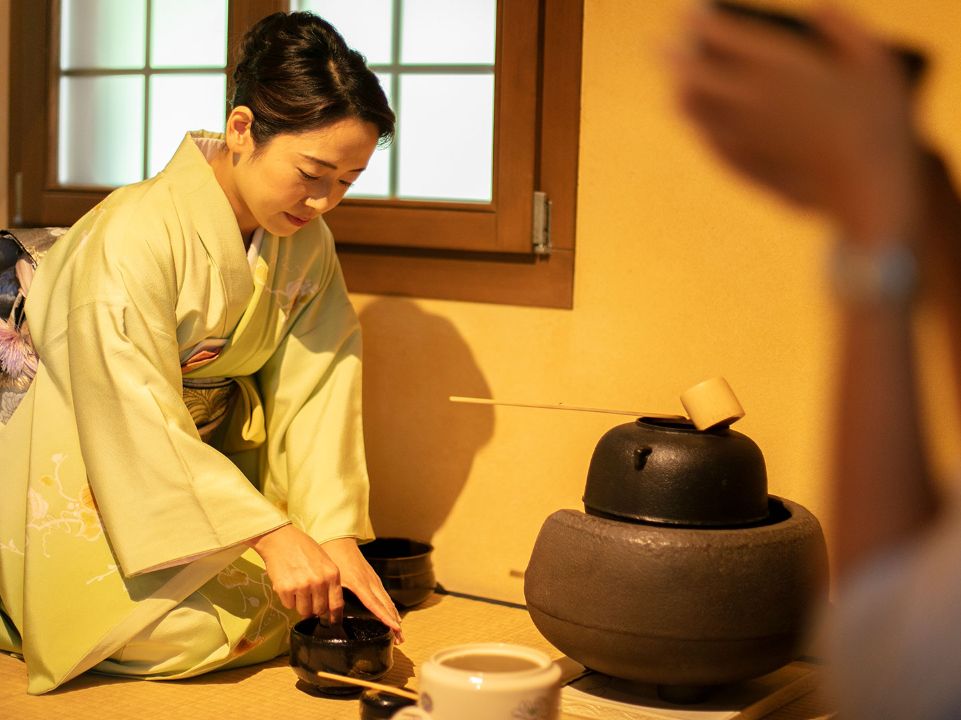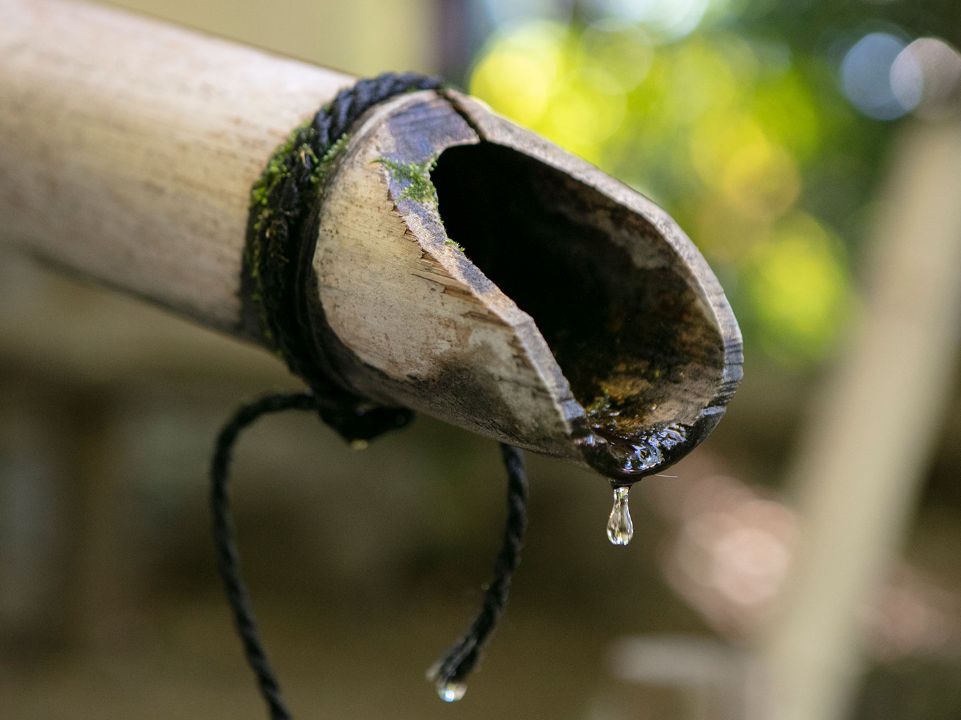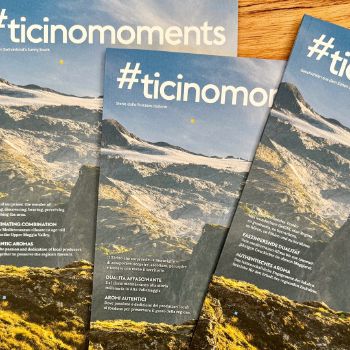Monte Verità, a place of healing for the body and the mind, back in 1900 became a pole of attraction for people seeking an alternative lifestyle. Artists such as Hermann Hesse, Rudolf von Laban, the psychologist Otto Gross, aristocrats, anarchists and many others who believed in a new society lived on this hill with its special energy. Another noteworthy fact is the presence of the European continent's only tea plantation. But how did the Asian plant reach Ascona?
THE CHARACTER
Katrin Lange, manager of Casa del Tè
When the Chinese pour tea, they let some drops fall for the little lucky-charms on the tray shaped like a toad or a Buddha.

